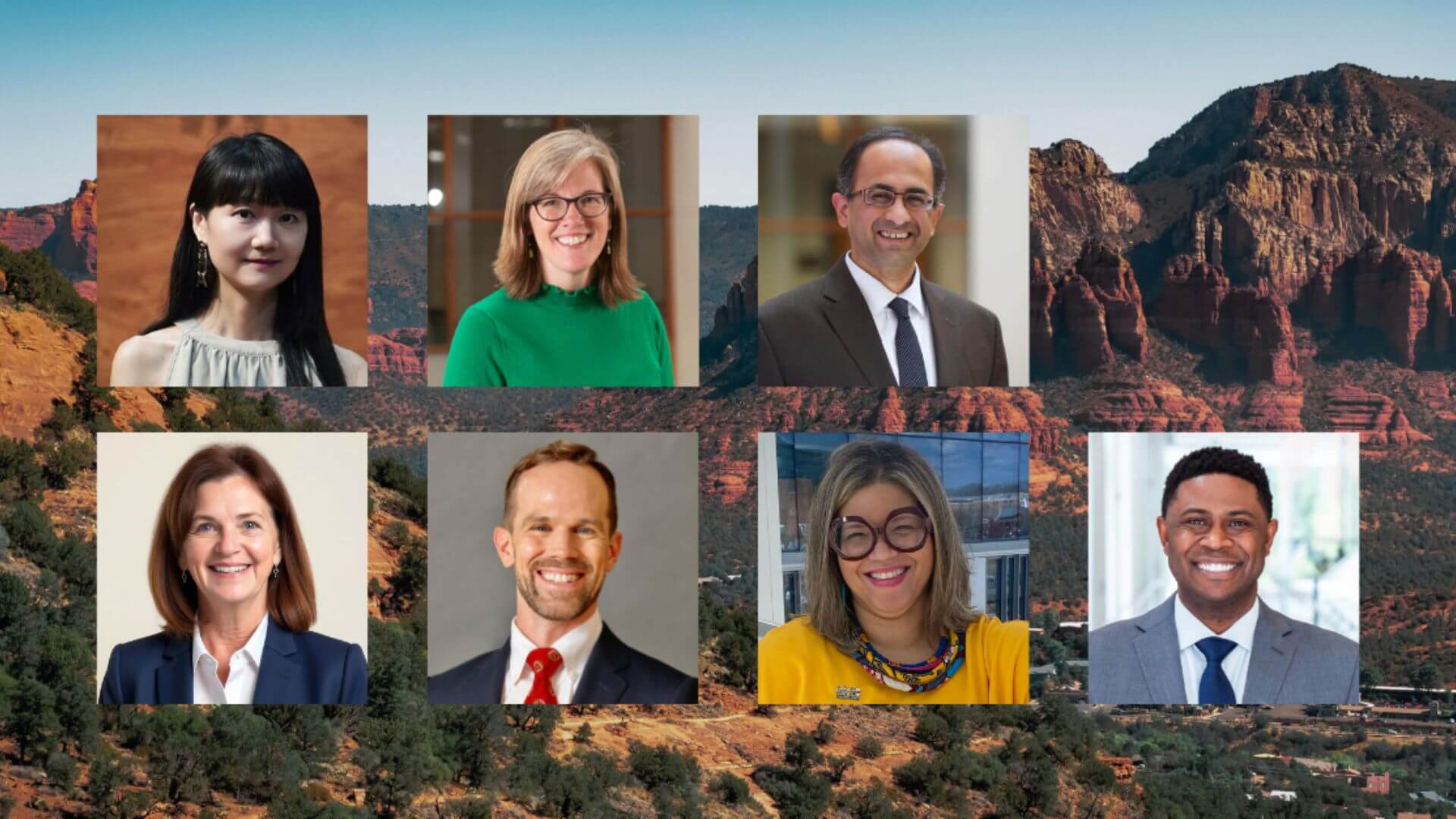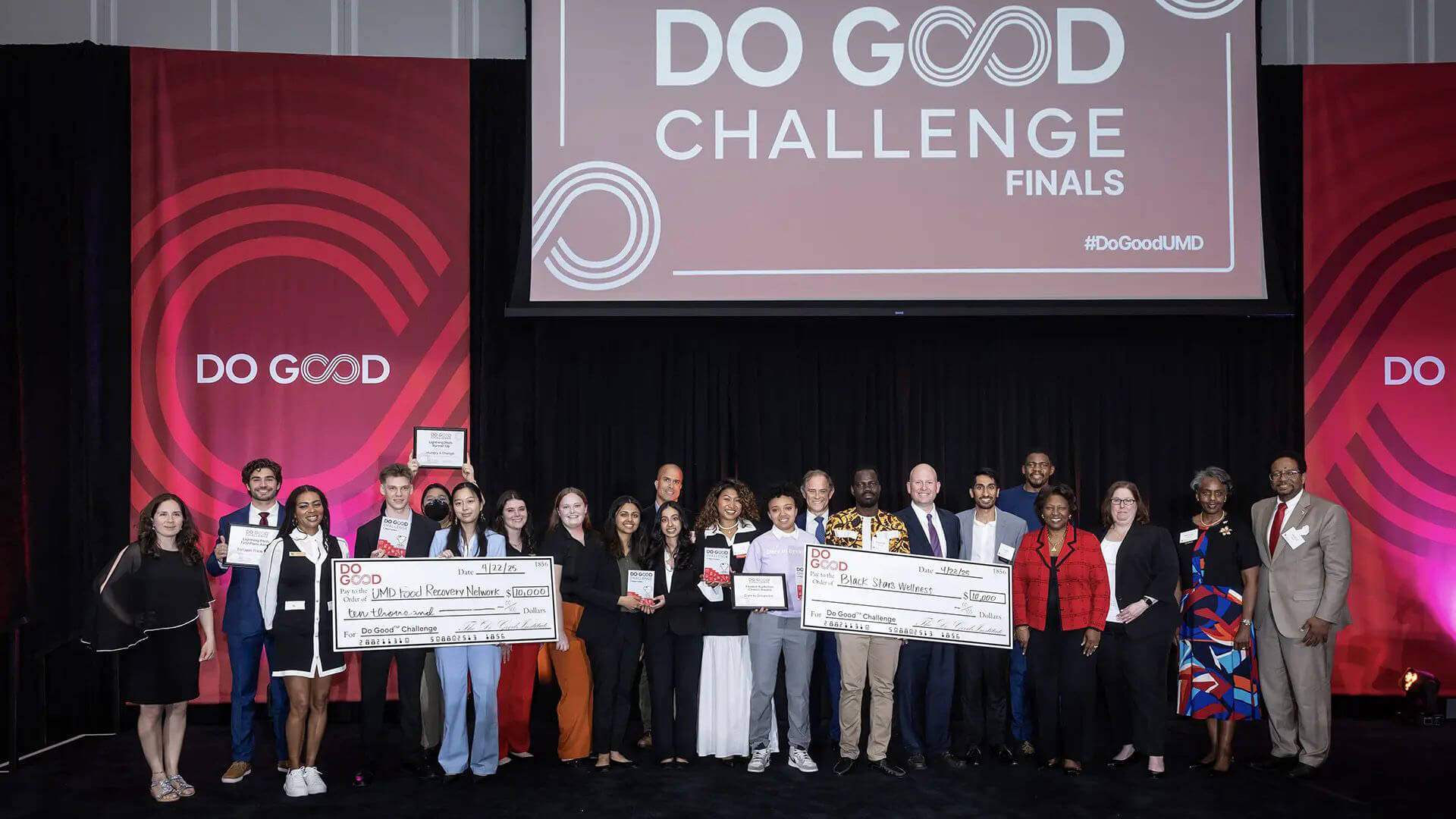
Adulthood Milestones are Shifting and Charitable Behaviors Are Declining
New Research Brief from Do Good Institute Explores How 21st Century Life for Young Adults is Effecting Giving and Volunteering
Shifts in reaching, choosing, and acting on milestones that traditionally mark the transition to adulthood may help explain why charitable behaviors in the United States have declined even as more young adults exhibit a historically high interest in engaging in their community and are better educated, according to a new research brief released by The Do Good Institute. The report, Shifting Milestones, Fewer Donors and Volunteers, is available online at go.umd.edu/milestones.
Cumulatively, Shifting Milestones reviewed five traditional adulthood milestones: completing formal education, getting a job, marrying, becoming a parent, and living independently. Education attainment trends illustrates the important societal shifts explored. Roughly two-thirds of young adults (age 22 to 35) are or have pursued higher education today and educational attainment is more strongly associated with the likelihood of volunteering than any other demographic characteristic and is also strongly associated with the likelihood of charitable giving. However, as more young adults earn a college degree (from 28 percent in 2005 to 34 percent in 2015), the authors surprisingly finds a steady decline in volunteer rates among young adult college graduates from a high of 38.0 percent in 2003 to 31.2 percent in 2015 while giving declined from a high of 59.8 percent in 2011 to 55.7 percent in 2015.
“Young adults frequently need to gain experience and build strong community ties – through activities like owning a home, having children, and working full-time – before they become actively engaged contributors to civic activities,” said Nathan Dietz, Senior Researcher, Do Good Institute. “They also need awareness of opportunities and encouragement to participate in philanthropic activities – this is where the business community, nonprofit organizations, higher education institutions and even the government must play an active role to help turn around these downward trends.”
Among the report’s key findings are:
- Young adult volunteering hit a high of 25.6 percent (2003) after the terrorist attacks on September 11 before displaying a substantial and long decline to a rate of 21.6 percent in 2015. If the volunteer rate had stayed at its 2003 levels, for example, an additional 2.42 million young adults would have volunteered in 2015.
- Paid work helps strengthen social networks along with economic well-being and is strongly associated with volunteering and giving. The percent of young adults who were employed full-time actually decreased from 67.2 percent in 2005 to 63.4 percent in 2015, and the percent of young adults who are not in the labor force (not employed, but also not looking for work) has increased from 16.9 percent to 19.5 percent between 2005 and 2015. For young adults who are employed full-time, the volunteer rate has declined from 24.1 percent in 2005 to 22.0 percent in 2015, and the volunteer rate for young adults not in the labor force has declined from 22.3 percent in 2005 to 18.6 percent in 2015.
- Marriage is strongly associated with volunteering and giving because it builds household wealth and socioeconomic status. As marriage rates continue to dive (from 45 percent in 2005 to 38 percent in 2015), so does the volunteer rate among married individuals.
- Declining birthrates have important implications for philanthropy. Parenthood often introduces individuals to more civic invitations and opportunities. Shifting Milestones found that volunteer and giving rates today remain much higher for young adults who are parents (24.0 percent for volunteering and 46.8 percent for giving in 2015) than they are for non-parents (20.1 percent and 37.1 percent in 2015).
- Young adults who live independently are much more likely to volunteer (25.4 percent versus 14.8 percent) and give to charity (43.1 percent versus 22.2 percent) than those living in someone else’s household. Between 2009 and 2015, the percentage of young adults who live independently declined (from 67.4 percent to 64.5 percent) as did volunteer rates among this group (from 27.1 percent to 25.4 percent).
- Homeownership historically helps people build strong, lasting ties to one’s community. In 2015, among young adults living independently, homeowners were significantly more likely to volunteer (30.5 percent) and to give to charity (58.0 percent) than young adults who were responsible for paying the rent (21.2 percent volunteering, 39.8 percent giving). However, the homeownership rate for young adults living independently (42.0 percent) in 2015 was significantly lower than it was in 2009 (49.1 percent), and the percentage of independent-living young adults who chose to rent increased significantly, from 49.5 percent in 2009 to 56.1 percent in 2015.
“American life in the twenty-first century is changing in ways that often leave individuals less likely to give or volunteer,” said Robert T. Grimm, Levenson Family Chair in Philanthropy and Nonprofit Leadership and Do Good Institute director. “While this signals a serious challenge for communities that benefit from volunteers and donors, these declining trends also impact our ability to construct ties, build relationships and develop bonds of trust, which can leave people feeling isolated, distrustful and in poorer physical and mental health.”
Shifting Milestones uses data featured in recent U.S. Census Bureau research and data collected from the Current Population Survey (CPS) Supplement on Volunteering (Volunteer Supplement). Between 2002 and 2015, the CPS Volunteer Supplement collected national statistics on volunteering through or for an organization. In 2008, the Supplement also began to collect data on giving to charity.
For more information click here. To download the report, visit go.umd.edu/milestones and to access the Appendix, click here.



